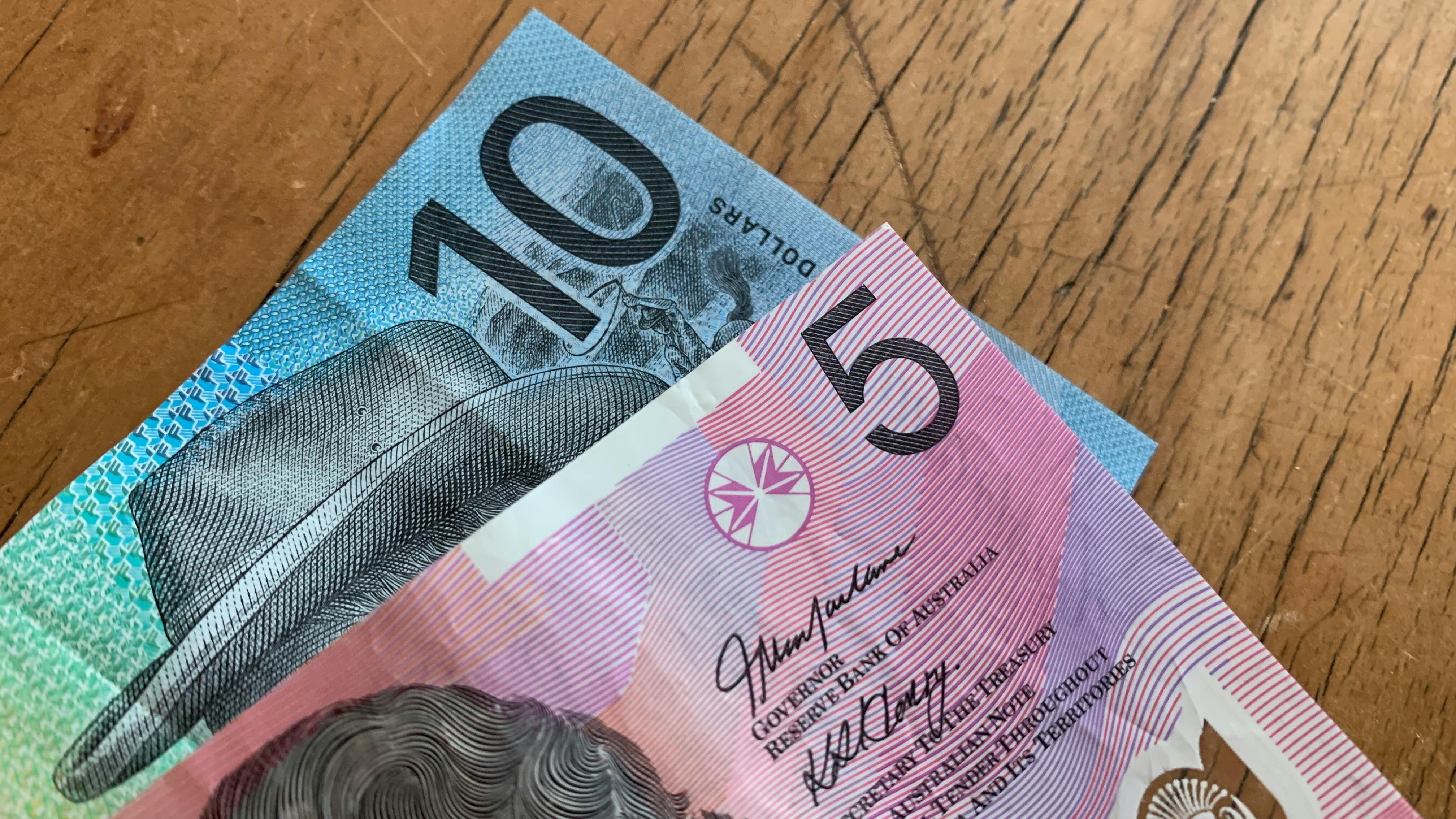Australia’s inflation rate rose 3.8% in the 12 months to October 2025 after flatlining last month, according to the Australian Bureau of Statistics (ABS).
This was higher than the 3.6% increase in the consumer price index (CPI) expected by financial markets, which was based on a 0.2% fall in October, and the 3.6% lift in the year ended September.
ABS Head of Prices Statistics Michelle Marquardt said in a media release that the release marked the transition from the quarterly CPI to the complete monthly CPI as Australia’s primary measure of headline inflation.
The largest contributor was housing, which rose 5.9%, followed by food and non-alcoholic beverages and recreation and culture (both 3.2%).
Trimmed mean inflation, which measures underlying inflation, was 3.3% in the year to October 2025, up from 3.2% and higher than the Reserve Bank of Australia’s preferred 2-3% band over the medium term.
Goods inflation was 3.8%, up from 3.7%, mainly due to a 37.1% hike in electricity prices as rebates ran out, while services inflation was 3.9% (3.5%) and housing inflation was 5.9% (5.7%).
Excluding the impact of the Commonwealth and State Government electricity rebates over the last year, electricity prices rose 5%.
Fruit and vegetable prices rose 1.8% while holiday travel and accommodation prices increased 3%.
Australian Statistician David Gruen AO said the complete monthly CPI would enable earlier detection of shifts in inflation and provide better information for policy decisions that affect all Australians.


